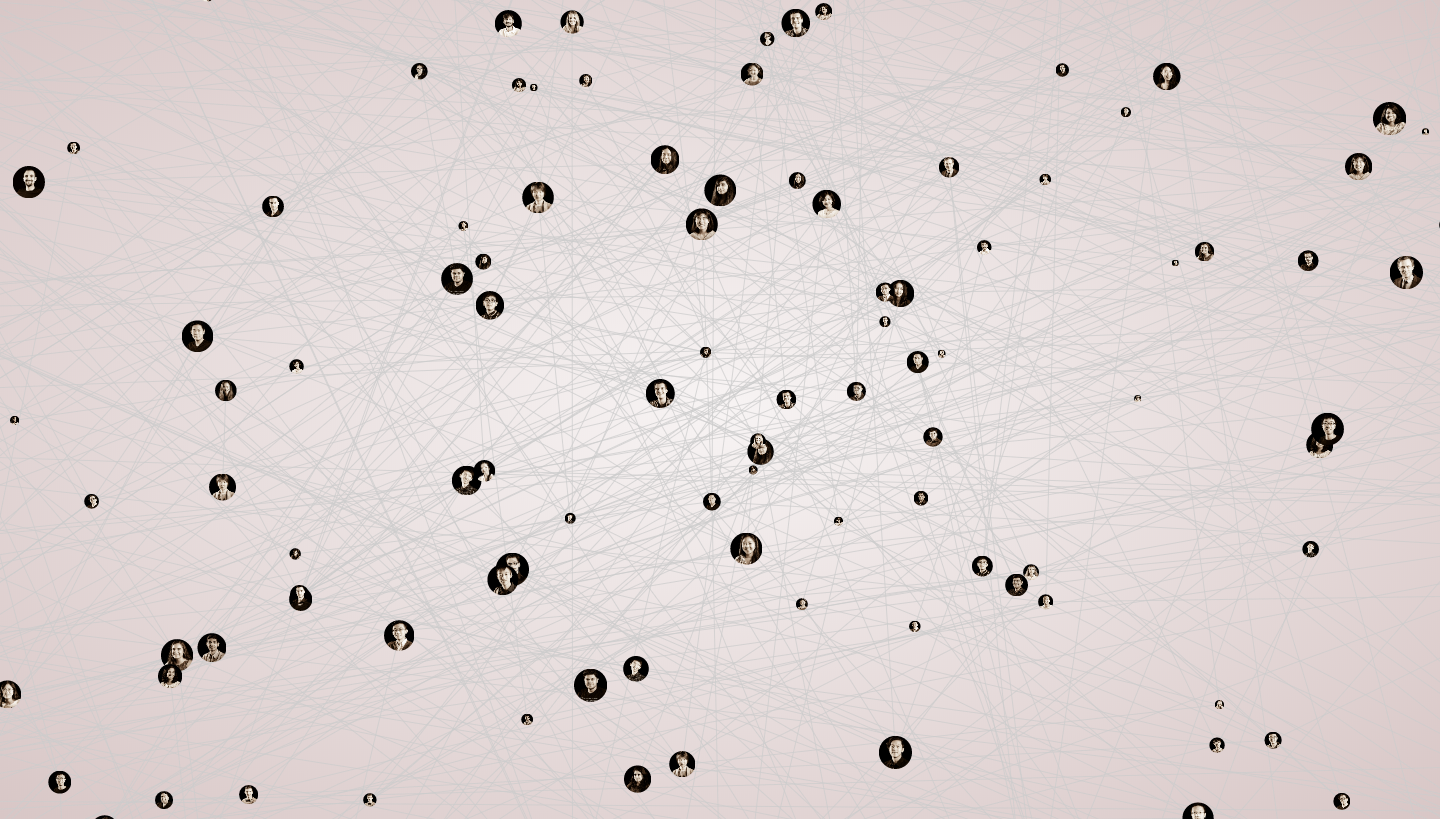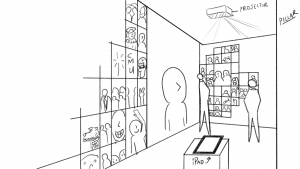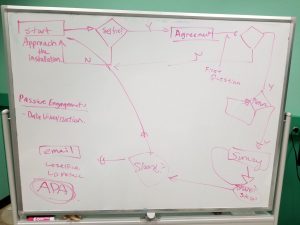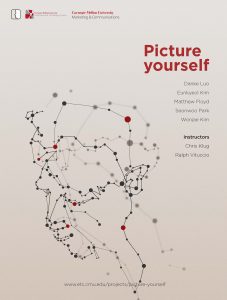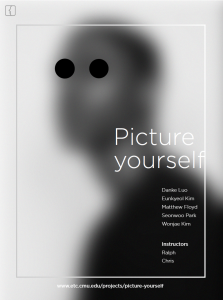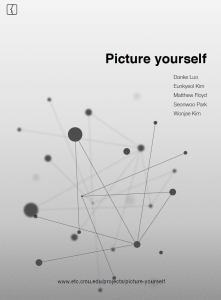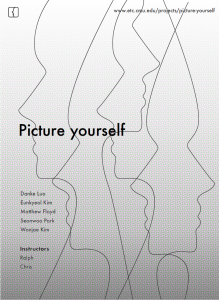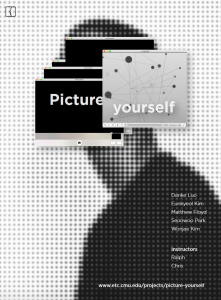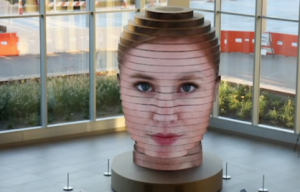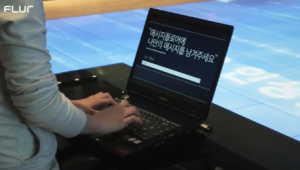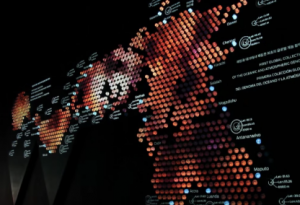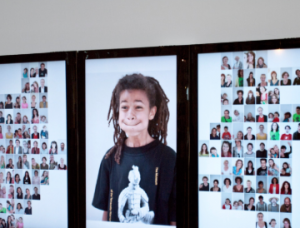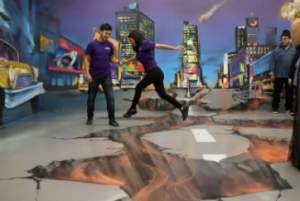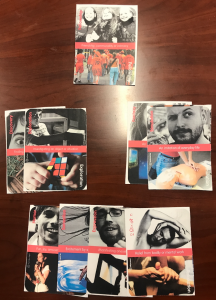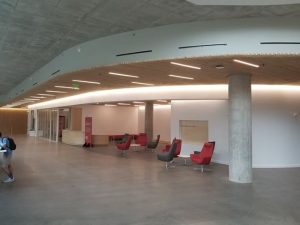The Work This Week:
We had two key meetings this week, which will hopefully help narrow down some of our design aspects moving forward.
Student Ambassador Group:
Firstly, we had our meeting with our client’s Student Ambassador group, represented by Sachi Shah and Hamza Qureshi. Clarification: they are not “the tour guides” but they get the same Questions as on tours. They also get some more time with students vs. the tour guides because students come early before the tour starts.
According to the ambassadors, students seem to be curious about their intended majors, and they are interested in the statistics that go with it. The parents, as well, ask a lot of questions about jobs after graduation, and seem to ask more career-based questions than the students.
Both parents and students seem to be curious about the social life at CMU, wanting reaffirmation that CMU is a social school and not just a STEM school. CMU indeed has social events like Buggy, Carnival, and Greek Life, and its departments in Drama, Design, and Fine Arts, to name a few, are some of the strongest in the country. So disspelling the “asocial STEM school” myth should be a task for our exhibit to do. Sports is a also a big talking point that helps to do this.
Not many international students are attending tours at this time, so the ambassadors don’t see “how diverse is CMU?” that often from students. However, they personally often get asked “where are you from?” and are asked to tell their own CMU story. Also, once the tours start, it seems that the question of “where are you from” provides the bridge for different parent/student groups to intermingle.
“How would I fit in?” is a good question for us to be asking. The ambassadors said that “Being able to show whose been in your shoes before, and what they’re doing on campus is powerful. Regardless of where you’re from, you can fit in.” We then discussed that some aspects of CMU are hard-to-imagine in discussion, so instead maybe we could incorporate them in a screensaver-style opening image that visitors can see when they approach the exhibit.
Also, the ambassadors reiterated that humanizing famous alums is a good idea. We can show what they did while at CMU, show how they used CMU resources, as this connects them with people coming in.
Finally, in terms of incorporating group selfies into the exhibit, the ambassadors recommended it. Parents are just as interested as their kids, and it would draw them in. Also, student/parents are probably gonna have similar questions. The ambassadors noted that the visiting experience can be intimidating, so students often stick w/ their parents, especially in the beginning of the tour, so we should facilitate a sense of comfort.
On the tours, there is usually one parent / one kid pairing at least. Sometimes, the ambassadors have seen students coming together as groups, as well as athletes meeting with coaches, but the parent/student pairing is a big one. Going forward, a few of us are going to enter a tour pretending to be students to try to gleam more information from the experience. Monday and Friday are the heaviest tour days, with seven tours over the course of the day from 9:30AM to 3:30PM, every hour, and often involve more surface-level questions like “what is the average class size at CMU?”. The middle of the week has only four tours during a day.
While the prospective student group is not the entire portion of our target audience (we need to be thinking about alumni, donors, and community visitors as well), they make up a large bulk of it, so this meeting was very helpful in terms of thinking about the questions to ask students, and how we might want their experience to look.
Meeting with Kevin Allen:
On Wednesday, we met with professional Entertainment Designer Kevin Allen, talking a lot about how our design visualization might look, as well as the main questions/challenges that have come up in our design so far.
Censorship
- We still need to figure out how to provide a defense against inappropriate photos. The question is how to keep out inappropriate photos without using a person. We could have the photo not go live immediately and then have them be checked to make sure they’re ok before going live.
Lighting Design
- We want to make sure that we light people so that we keep them flattering. As Kevin said “we don’t want any harsh lighting on grandma’s wrinkles.” In addition to using low light, he discussed that there is room to have colored lighting, as blue light is more flattering than green or red light.
Branding
- We want to have a CMU backdrop that we can use on all the pictures, both for the sake of consistency and for marking purposes. Kevin told us to think of the Oscars backdrop that attendees use for pictures.
Visual Metaphor
- We talked about want a visual leaping point (i.e. take all of the individual selfies and rearrange them so that it’s a map of the world). Thinking about how we want people to feel coming up to the guiding image. This kind of visualization, which Kevin called “Pictures as Pixels,” has been what our designers have been prototyping this week (see This Week’s Design).
Group Selfies
- An algorithm can indeed be written to factor in four people. We can decide how many people can be in a selfie, and then have some means of taking the selfie that is consistent – this could be using an iPad, or have a remote control that the visitors can’t leave with.
- This provides an opportunity for using backlight. Kevin mentioned that we could use T marks (like feet at airport security) to help people know exactly where to stand. If we know how many people are going to be in the selfie (3? 4?), the camera can make adjustments.
Other
- Kevin pointed out that since our deliverable isn’t a fully-delivered installation, there is room for creative ideas within the content.
- Kevin also supported the idea of us pretending to be prospective students and going on a tour. He advised that we each pick a different major that we’re interested in, so that way we can ask varied questions and find out more varied information.
This Week’s Design:
As part of our aforementioned design this week, we’ve been developing a visual prototype to hopefully show our clients. The idea is that, on the macro scale, the mosaic will look like a map and then as you zoom in the pictures become interconnected pixels. We’re hopefully going to get feedback from our client next week:
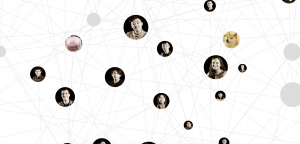
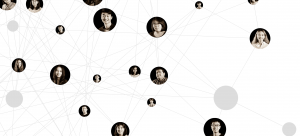
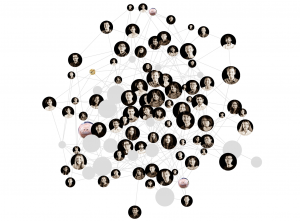
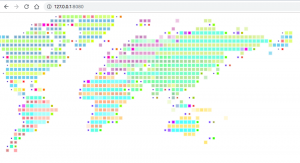
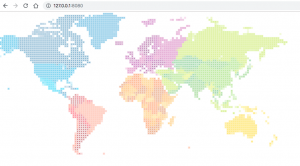
Going Forward:
In addition to getting feedback on our visual prototype, we also hope to speak to more SMEs next week to make sure we’re moving in the right direction.
